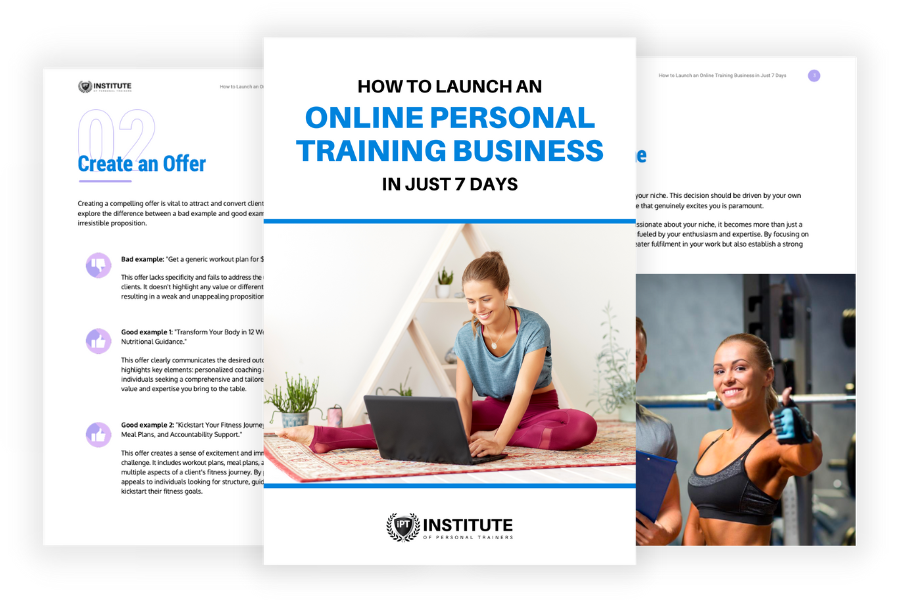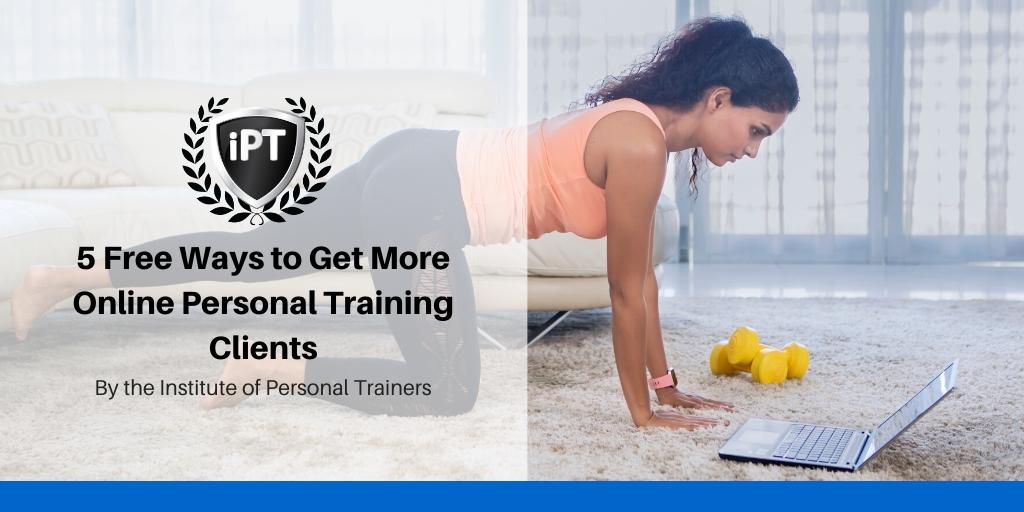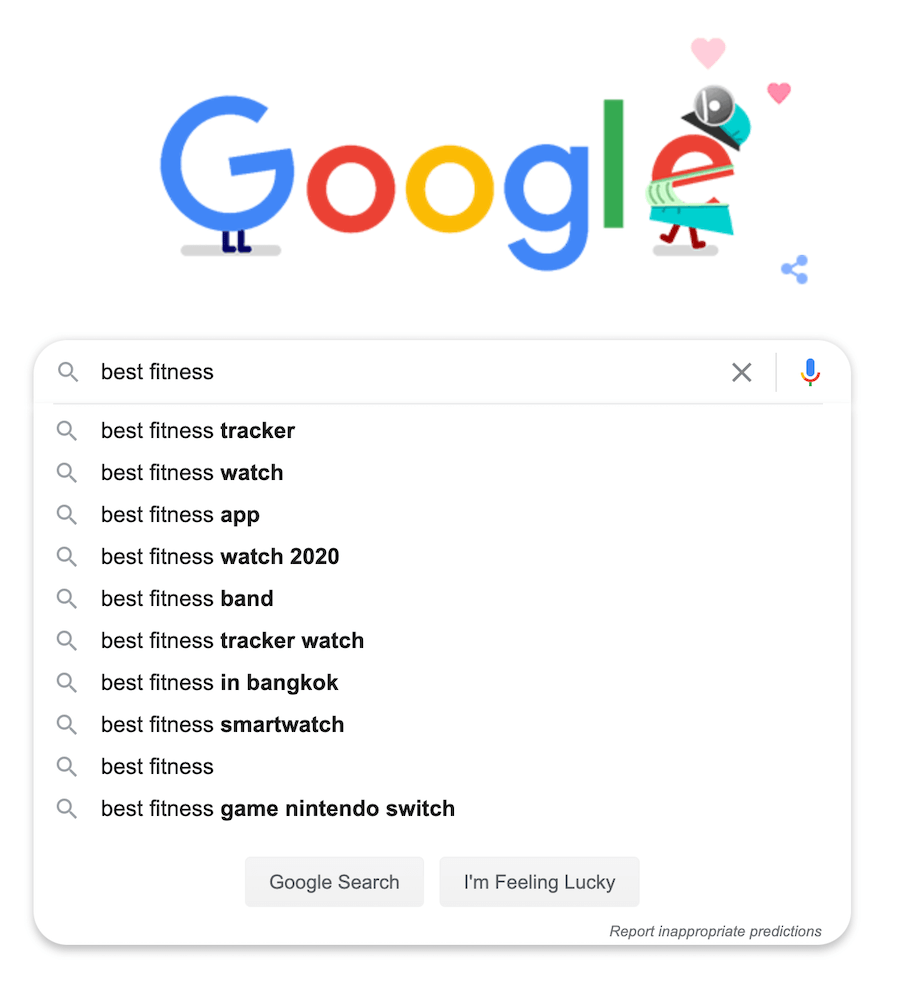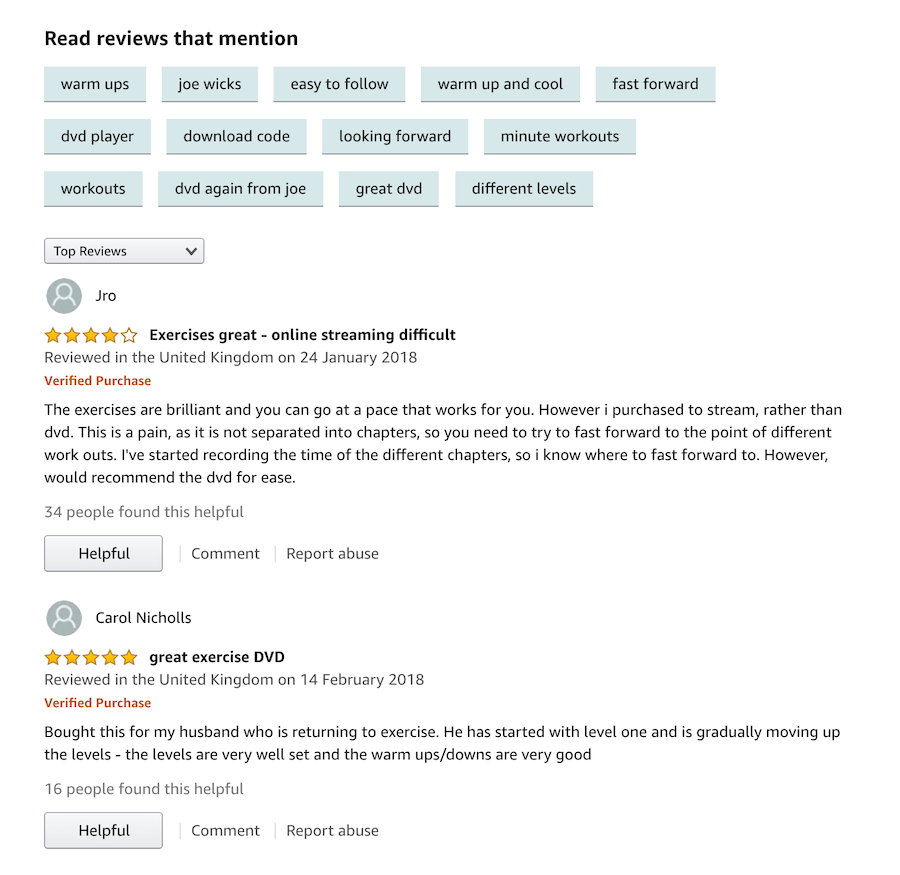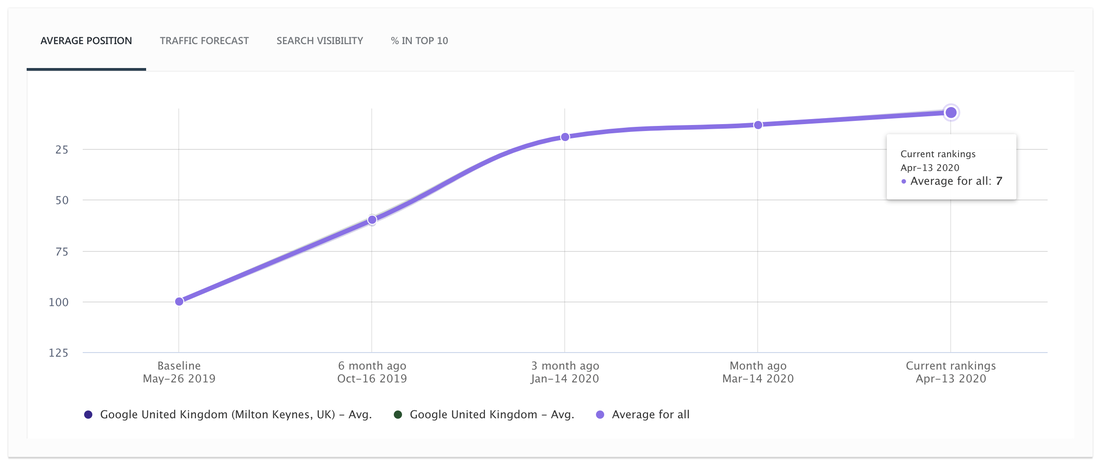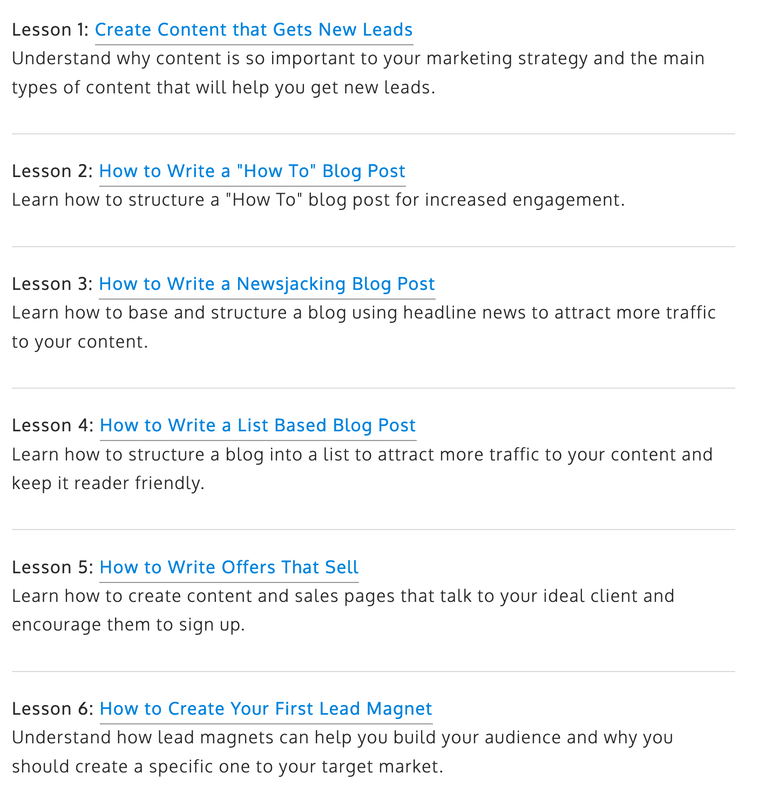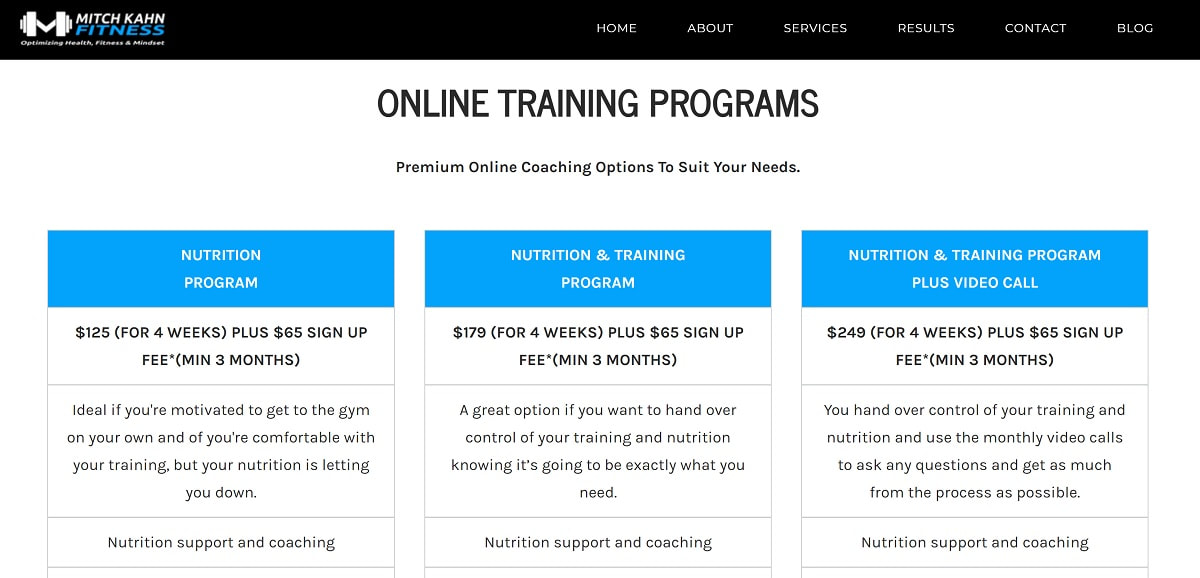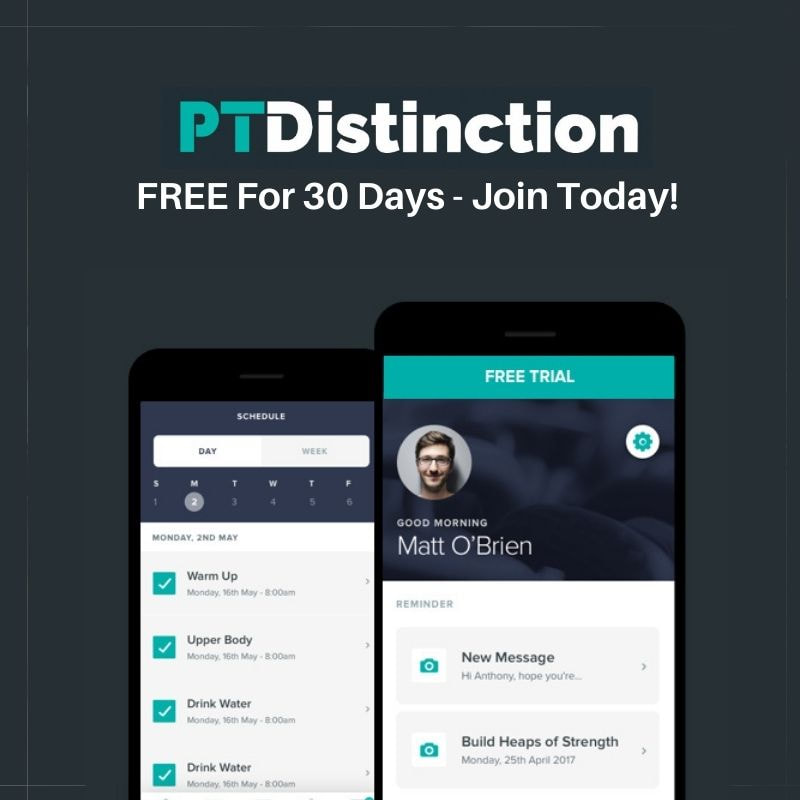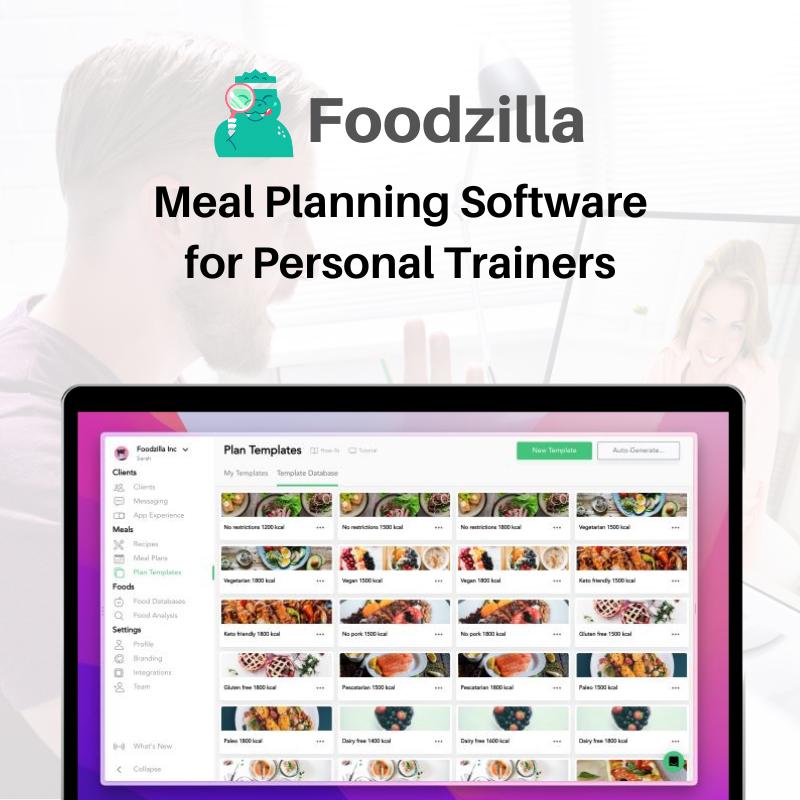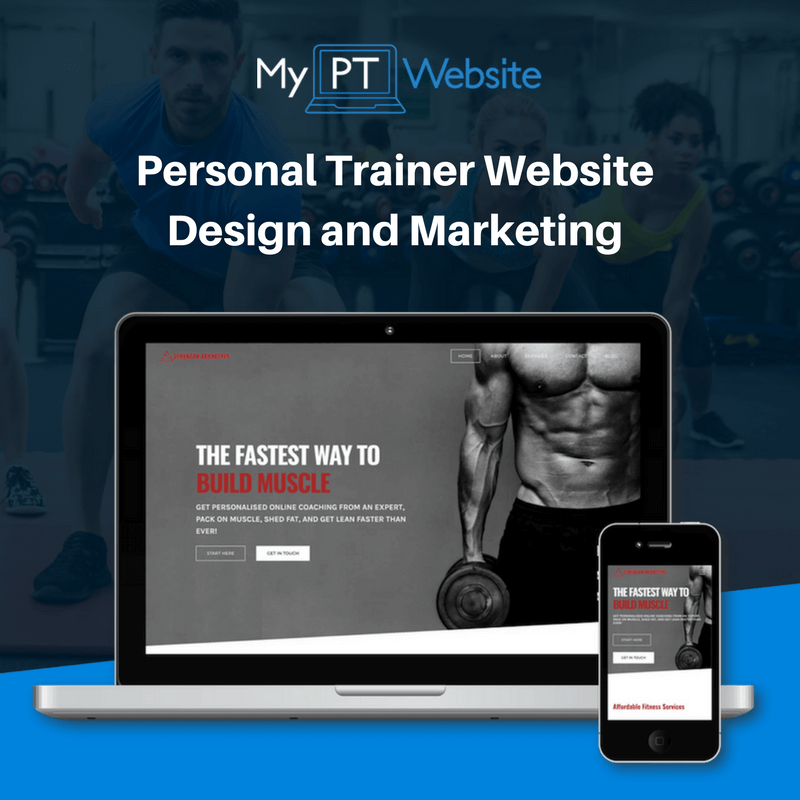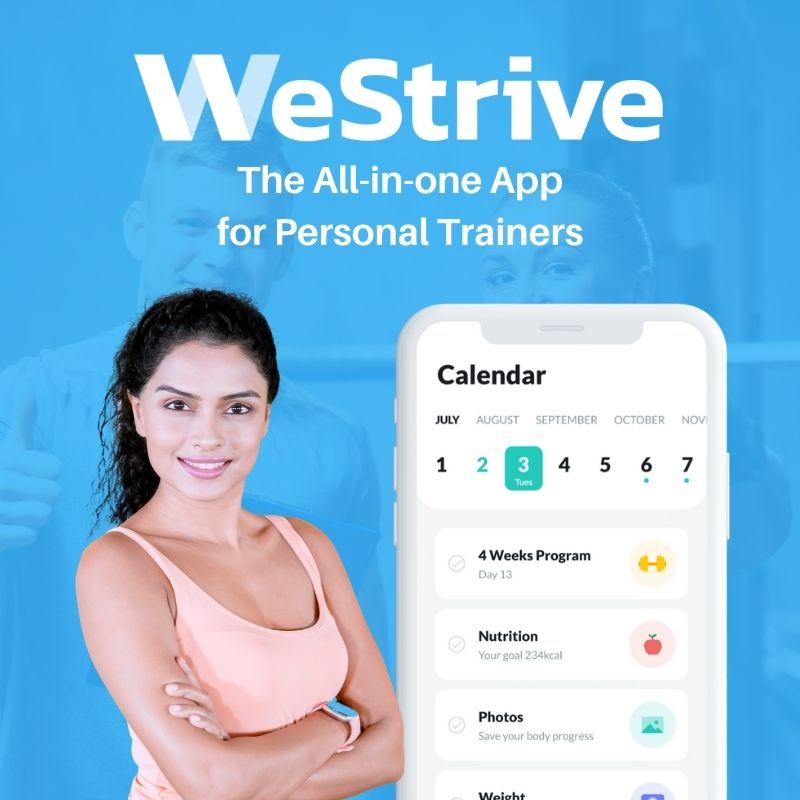|
FREE GUIDE: HOW TO LAUNCH AN ONLINE PERSONAL TRAINING BUSINESS
IN JUST 7 DAYS
✓ The new, better way of launching an online business
✓ The fastest way to create in irresistible offer ✓ A simple system to sell to clients who are interested |
|
Suddenly the internet is awash with fitness professionals vying for your market share. Impossibly good looking young fit pros appearing from nowhere, providing home workouts for free on YouTube every day. Every other Instagrammer nowadays is trying to compete with you on pricing for their new 'abs programme'. What if I told you that it's all irrelevant noise? Once you discover the following five simple tips, you will be able to double your sales of online personal training and compete in a crowded market. Step 1. Become Intimate With Your MarketThere are several tools at your disposal for conducting market research into your ideal client. The goal here is to have a deep understanding of their pain points. Google Search When you search on Google, it gives you an aggregate search of the related searches. This is useful because it gives you the exact questions people ask when they're searching for a solution. Being able to identify the exact words and phrases that your clients use will provide you with insight into their thought processes, their language and the things they consider to be their real problems. I typed "best fitness" into Google and found that trackers, watches and apps are a big deal right now. People want to know which is best. I could create a tonne of content around this for my audience like reviews and case studies. Answer the Public Answer the Public is a search tool that allows you to enter one phrase, and it generates a spider diagram of related issues in the language that your potential clients may be using. Aside from a powerful research tool, it can be a fantastic well of content ideas. Forums/Facebook Forums, hashtags and Facebook search features are all places that your prospects are looking for help with their diet and fitness goals. Using these features yourself will allow you to see what your ideal clients discuss or what help they need with their fitness; giving you scope to position yourself as the authority in helping them solve their problems. Provided you do this ethically, and genuinely offering help rather than spamming random social media users, this can be a brilliant way to build relationships. Amazon Reviews Depending on your niche, Amazon reviews can be an effective way to get an idea of your clients' most urgent problems. You can check the 5-star reviews to get a grasp of what they liked best, and the 1 or 2-star reviews to get a feel for what they felt was missing. If you're a mobile personal trainer that supports clients in their own homes, this might be particularly useful for you. With just a quick search for "fitness dvd" on Amazon I was able to see that being able to go at a pace that suits the client and how they access the workout is important to them. Step 2. Build an Audience I know, I know. Building an audience takes time and you need clients right now! at the time of writing this we had more then 5,000 Institute of Personal Trainers members and I get a good look at how a lot of the best online personal trainers are doing. I can say with absolute certainty that during the Covid-19 pandemic of 2020, when everyone was quarantined and the whole fitness industry moved online, those with an existing audience fared much better than those that didn't. An audience can be made up of
Want to get started. Here what you do:
That's a lot of work, but it's absolutely worth it. And the best time to start this is yesterday. Step 3. Consider The Local Market The principle here is to make your online fitness services appeal to an audience that you already have rapport with. Your local audience. So many trainers think that being online means you can make offers to the entire planet and while that's true, everyone else is doing that. Unfortunately for you, companies with much, much bigger marketing budgets than you are going to win the attention race. Instead of being a small fish marketing in a vast ocean filled with huge fish, consider the fact that people within your local community more than likely want online training too. And you already have access to that market. In other words, you can be a big fish in a smaller pond. That's exactly what I did for the Armoury Coaching Studio who hired me to rank them on page one of Google. We moved their site from position 100 to position 7, page one of Google, in just 6 months. Now that they're on page one, they're taking all of the leads for both in person an online training! Rather than marketing to the masses, you could narrow your market locally and focus your efforts on moving people from being unaware of your online training services to making it a dominant service. This will help you support people at all levels of income including those who can't afford 1:1 training. Step 4. Write Great Copy The copy is the written words that support the online personal training service that you're selling. It might be in an email, a blog or even a caption on social media. Generally speaking, all your copy should follow the following format:
Writing is so important that we literally have a whole course dedicated to it called Become a Better Writer. You can see the content here: Step 5. Have A Genuinely Great OfferGreat services can sell even when the copy is weak, but excellent copy can't save a terrible offer. Having a couple of service tiers at variable price points is a smart option if you're looking to double sales. Potential customers might not be prepared to enter into your full coaching package of £300 a month - but they might be open to a mid-tier package of your online coaching at £150 a month. Or even a low barrier offer of a training programme with monthly check-in £60. Another example is what Mitch Kahn has created for his online 1:1 coaching packages; separate tiers based on the level of accountability and programming the clients need. Promoting a low-barrier offer, like a limited time trial or similar would allow potential clients to get some experience of working with you - which gives you scope to help them at the level that they are willing to invest currently. It allows you to email them regularly to over deliver value in the future, and when they are ready to spend more money on their health, you'll be the personal trainer they will contact for support. |
Our All In One Platform
Check out out all in one business & marketing platform for personal trainers!
WEBSITE BUILDER | FUNNELS |MEMBERSHIPS | SCHEDULING| EMAIL MARKETING| PAYMENTS| CRM | AI ASSISTANT | SURVEYS
Popular Articles
Trusted Partners
We work closely with some of the best service providers in the fitness industry.
Categories
All
|

